
Article contents

An individual pension plan can seriously boost your income in retirement – and highly recommended. They’re technically called a personal pension, and are pensions you set up yourself – but don’t worry, you can leave it to the experts to grow over time. Our top pick is PensionBee, it’s easy to use, low cost and has a great track record of growing pensions.
Ready to take your retirement savings into your own hands with an individual pension plan? Great idea – your future self will really thank you.
These days, you’ll need a very hefty pension pot in order to retire comfortably (as much as £853,039 for a comfortable retirement – more on that later), and saving into an individual pension plan can really boost your total pension pot (alongside a pension from work).
Technically, an individual pension is called a personal pension, and you can set one up really easily, save as much as you’d like, and then leave it to the experts to grow your pension pot over time.
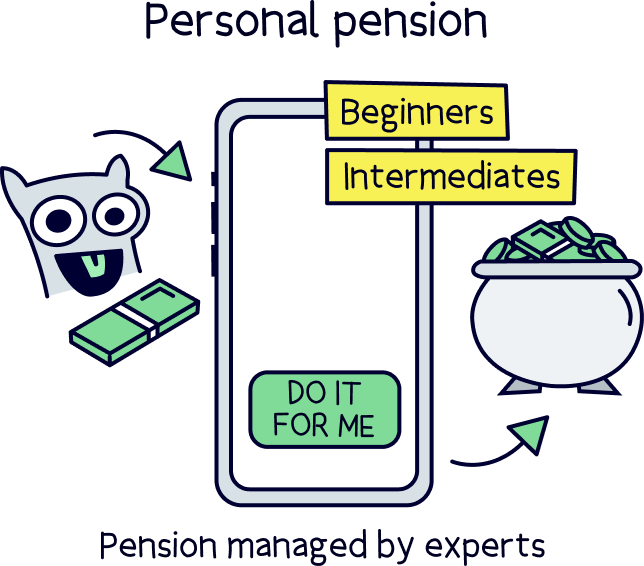
Before we run through all the amazing benefits of personal pensions, and why you should probably be getting one as soon as possible, here’s our top picks of the best individual pension plans…
Easy to use, and the experts handle everything.
PensionBee is the top option. It’s easy to use, low cost and has a great track record of growing pensions over time.
Get £50 added to your pension



PensionBee is our recommended provider – they’ve thought of everything.
Their 5 star rated app (and website) makes it easy to set up and use. You can open a brand new pension, or transfer your existing pensions across (they’ll handle all the paperwork).
Simply pick from an easy to understand range of pension plans, and that’s it, the experts manage everything from there.
It’s low cost, with one simple annual fee. The customer service is excellent, and you’ll get a dedicated account manager for any questions you might have.

And, when the time comes to retire, withdrawing from your pension is easy too.
You can also use them if you're self-employed or a company director.
Great app



A great and easy to use pension. Add money from your bank or combine old pensions into one, (they’ll find lost pensions too).
The customer service is excellent, with support based in the UK.

Beach is an easy to use pension app (and easy to set up), where you just add money and the experts handle everything. It’s all managed on your phone with a great app, and you can see your total pension pot whenever you like.
If you’ve got lost or old pensions, Beach can also find them and move them over too, so you can keep all your retirement savings in one place, and never have to worry about losing them in future.
You’ll get an automatic 25% bonus on the money you add to your pension pot from your bank account (tax relief from the government), which refunds 20% tax on your income, and if you pay 40% or 45% tax, you’ll typically be able to claim the extra back too.
The pension plan (investments) are managed by experts, who are the largest investment company in the world (BlackRock). And they consider things like reducing climate change, meaning your savings could make the world a little better in future too.
You can also save and invest alongside your pension with an easy access pot (access money in around a week), designed for general savings, with the investments managed sensibly by experts too. And money made can be tax-free within an ISA.
Fees: a simple annual fee of up to 0.73% (minimum £3.99 per month).
Minimum deposit: £25
Customer service: excellent
Pros:
Cons:
PensionBee is the top option. It’s easy to use, low cost and has a great track record of growing pensions over time.
Where you make the investment decisions.
0% fees



InvestEngine is a super low cost investment platform allowing you to save and invest within a pension and an ISA, and with a great range of investment options.
There's no fees for an account, and no commission to buy and sell investments. And there’s a wide range of investment options, with over 700 investment fund options (ETFs only).
It's more than just low cost though, it’s pretty easy to use, there’s some great features to help you invest, and the customer service is excellent.
Minimum deposit: £100
Best for: those looking for a low cost platform with a range of fund options

• Easy to use
• Very low cost
• Commission-free
• Great range of ETFs
• Great customer support
• Only ETFs (but a wide range)
• No financial advice



AJ Bell is well established, with a good reputation.
It's one of the cheapest SIPPs out there (charging a low annual fee).
There's a huge range of investment options – pretty much every investment out there (including both funds and shares).
The customer service is excellent too.
Overall, it's one of the best options for a SIPP.

PensionBee is the top option. It’s easy to use, low cost and has a great track record of growing pensions over time.
An individual pension plan is technically called a personal pension, which in turn is a type of a private pension… (confusing already, we know, but bear with us.)
A private pension is simply a pension private to you, so it’s all in your name, you decide how much to save and later when to start withdrawing from it.
The main alternative to a private pension is the government pension, called the State Pension, which you’ll get when you reach State Pension age (currently 66), and have paid enough National Insurance contributions over your lifetime (at least 10 years, but 35 years for the full amount).
There’s two main types of private pensions, a personal pension (an individual pension), and a workplace pension…
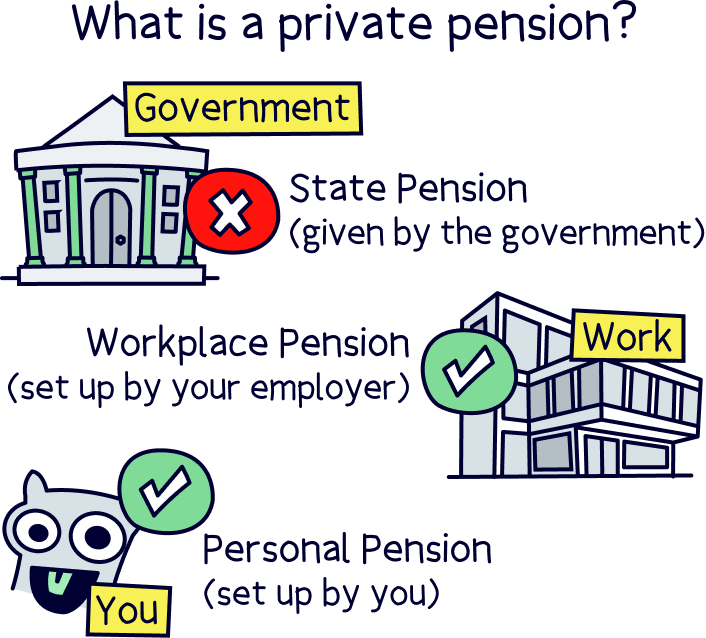
A workplace pension is one you’ll get from your job (if you’re employed), and your employer will typically sort everything out, like taking money directly out of your salary and putting it into your pension.
With a workplace pension, your employer is also required by law to pay in 3% if you pay in 5% too – so it’s like a free pay rise!
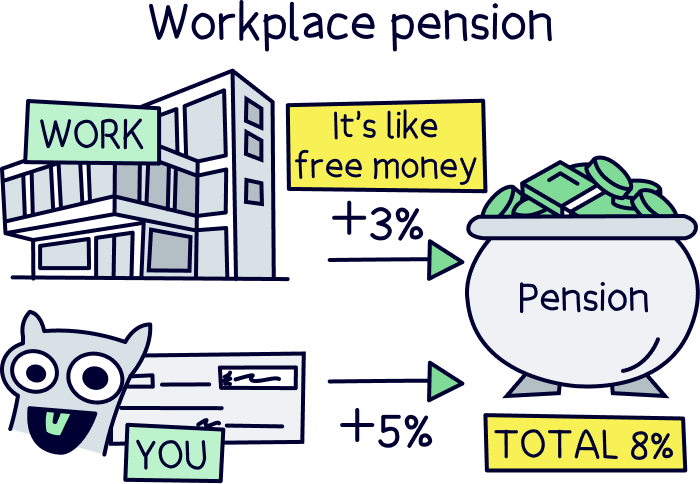
Personal pensions are really great in addition to a workplace pension, they help boost your retirement savings even more.
Or, if you’re self-employed, they’re your only option to save within a pension for retirement.
Nuts About Money tip: if you are self-employed, check out our guide to self-employed pensions, and the best private pensions for the self-employed.
Just like workplace pensions, personal pensions are designed to help you save as much as possible for retirement, and they’ve got all the same tax-free saving benefits, they just work a little bit differently...
Every time you add money to a personal pension, you’ll get a massive 25% bonus from the government, added directly to your pension pot, all automatically. We’re not joking!
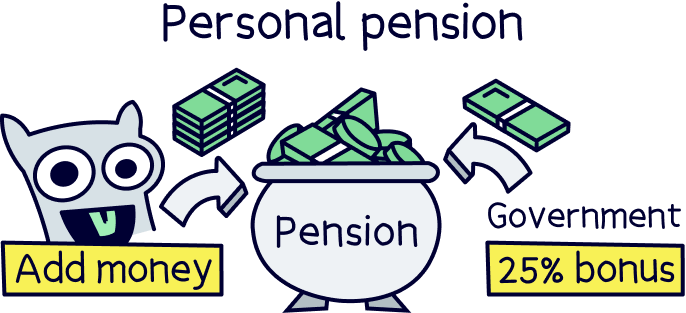
This is to refund the tax you would have paid (or will pay) on your income (e.g. your salary), as saving into a pension is intended to be tax-free. The 25% government bonus refunds the tax you’ve paid at 20% (it sounds odd but the maths works out).
And if you’re a higher rate taxpayer (earning over £50,270 and paying 40% tax), or additional rate taxpayer (earning over £125,140 and paying 45% tax), you’ll be able to claim back some of the tax paid at those rates too (on a Self Assessment tax return).
Note: this is technically called tax relief.
Once money is within your pension, it will grow completely tax-free too – so it can grow much faster over time, and there’s no paperwork to worry about each year.
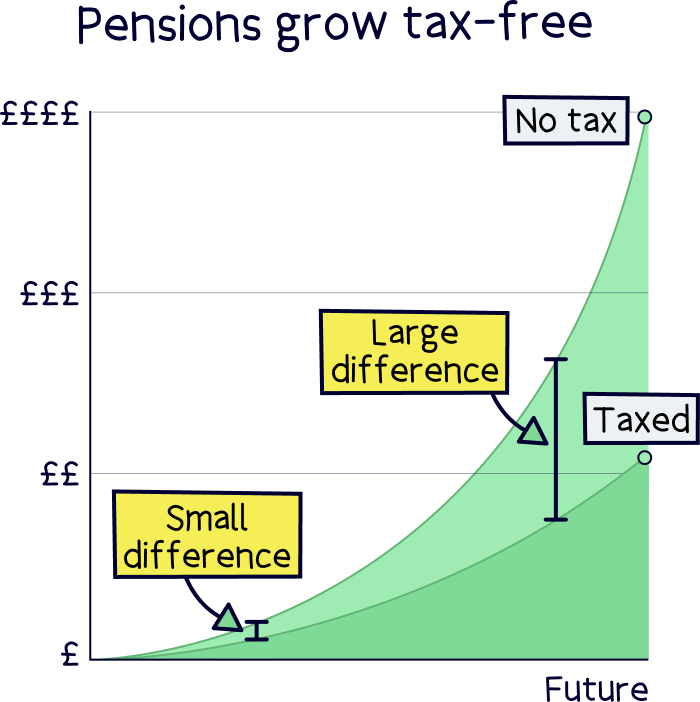
When the time comes to withdraw it, 25% will be completely tax-free, and you can take this as a tax-free lump sum if you like (all in one go). You might pay Income Tax on the remaining 75% depending on your income at the time (it works the same as your salary now).
You can start withdrawing money from the age of 55 (57 from 2028) if you want to – although we recommend leaving it until you’re ready to really retire so it can go much bigger over time, and provide a bigger retirement income.
With the government pension, you’ll need to wait until you reach State Pension age (currently 66).
Your pension is also unique, and it’s own special thing – they don’t count towards your ‘estate’ when you pass away. Your estate is all of your money and possessions added up, and counts towards Inheritance Tax, which can be 40% on anything above £325,000.
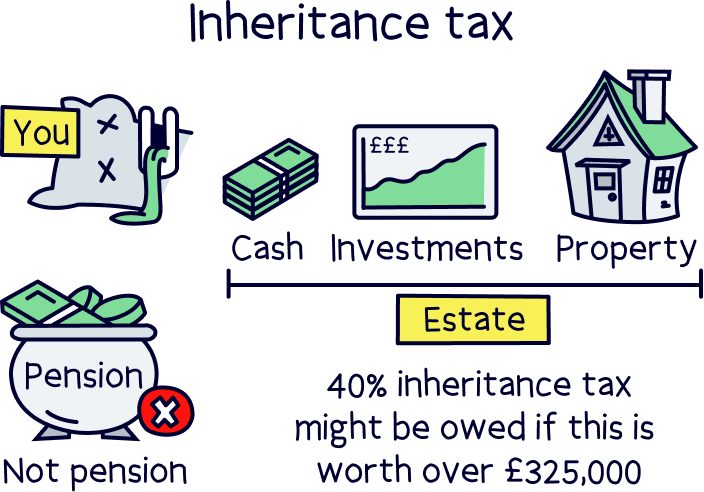
Instead, if you pass away under the age of 75, your pension would pass to whoever you decide completely tax-free. However, if you are 75 or over, whoever receives your pension might pay Income Tax on it, depending on their income at the time, and how much they withdraw.
There are some limits to be aware of – although they’re pretty high.
You can only save as much as your total income (e.g. your salary) each year, or up to £60,000, whichever is lower. Although you can use the last 3 years allowance if you haven’t used it.
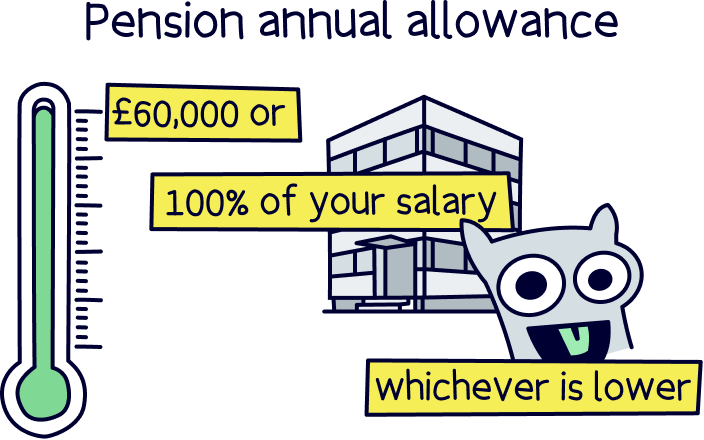
And as we’ve mentioned, you won’t be able to withdraw your money until at least the age of 55 – it’s for retirement after all.
You might be thinking, you’ve got a pension from work, so why bother with a personal pension too? Well, these days, the amount you need in your pension pot is huge, and it’s likely you’re not saving enough for the retirement you have in mind.
There’s 3 categories of retirement income that you can use a guideline to determine how much you might need in your pension pot, which are:
These are called the Retirement Living Standards, and devised by the Pensions and Lifetime Savings Association.
Here’s how much you’ll need per year:
These income figures don’t include any housing costs, such as rent, or a mortgage. And, they’re just a guideline, if you’ve got lots of hobbies or things you like to spend regularly on, you’ll likely need more.
Here’s how much you’ll need in your private pension pot (in addition to receiving the State Pension):
Yikes! It’s a very large pension pot indeed isn’t it? Don’t despair though, that’s where individual pensions come in, and can help you boost your total pension pot to pretty staggering amounts over time.
Remember that tax-free saving? It can really add up over time (including the 25% government bonus on all your contributions). And, within your pension, your money should grow over time (if invested sensibly), and as it does, the money you make begins to make money too – this snowballs over and over. It’s called compounding, which can turn very small sums into huge amounts given enough time (Albert Einstein even called it the eighth wonder of the world).
Let’s run through an example… Imagine you had a pension pot currently worth £10,000, and you were able to save £220 into it per month, and it grew at 7% per year on average…
After 25 years, you’d have a whopping £235,470! Another 10 years after that, and it would double to £511,294.
Just one year after that, you’d make £35,791 in a single year. Amazing right?
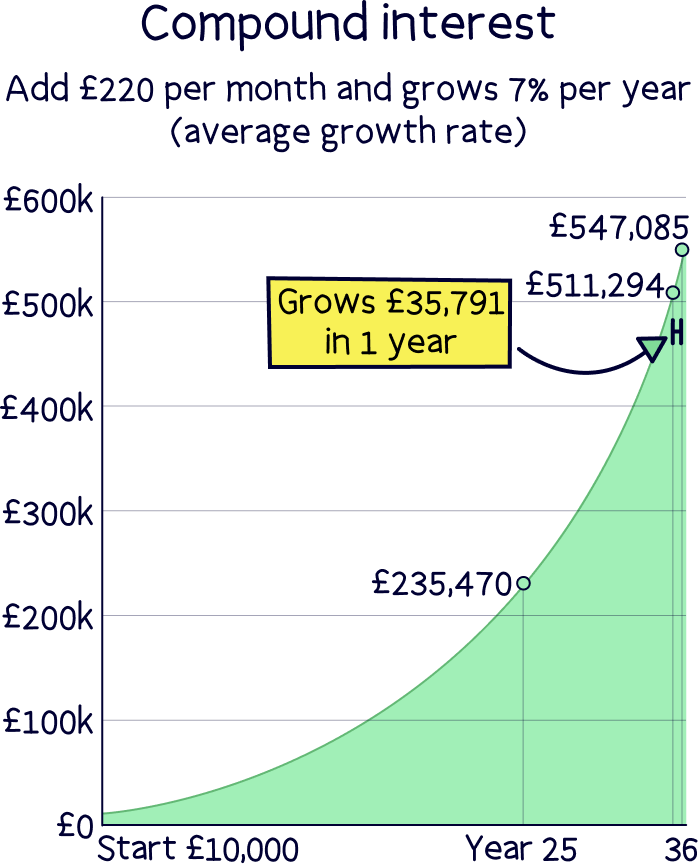
Compounding works it’s magic over time, so start as soon as you can – and save as much as you can afford sooner rather than later, it soon adds up.
If you’re not sure where to get started, check out PensionBee¹, it’s easy to use, has low fees and a great track record of growing pensions over time. We’ve also bagged you £50 added to your pension for free with Nuts About Money.
All sound pretty good so far? Let’s run through how to actually get set up with a personal pension. Don’t worry, it’s easy. Here’s 3 easy steps to follow:
First, you’ll need to find a great new pension provider for your individual pension. This can be easier than you think, and we’ve reviewed all the top pension providers in the UK to make things easier for you.
Our top pick is PensionBee¹, it’s easy to use, has low fees, and great customer service. Also check out Beach¹, save within a pension and an ISA for general savings at the same time.

By the way, we typically recommend letting the experts handle things, but if you're keen to make your own investment decisions, which you’d do within a self-invested personal pension (SIPP), check out the best SIPP providers.
Once you’ve chosen your favourite pension provider, next you need to pick where your money is going to be invested, called a pension plan.
The pension plans with modern providers (such as our recommended options), are all easy to understand, and there’s only a few to pick from. Your options are things such as if you’d like your money to be invested more ethically (such as not with fossil fuel companies).
Don’t worry, you can change it later down the line if you change your mind.
All that’s left to do is add some money to your new pension pot – you can either do this as a one-off, or set up a regular top up (highly recommended), so your money can grow and grow and grow.
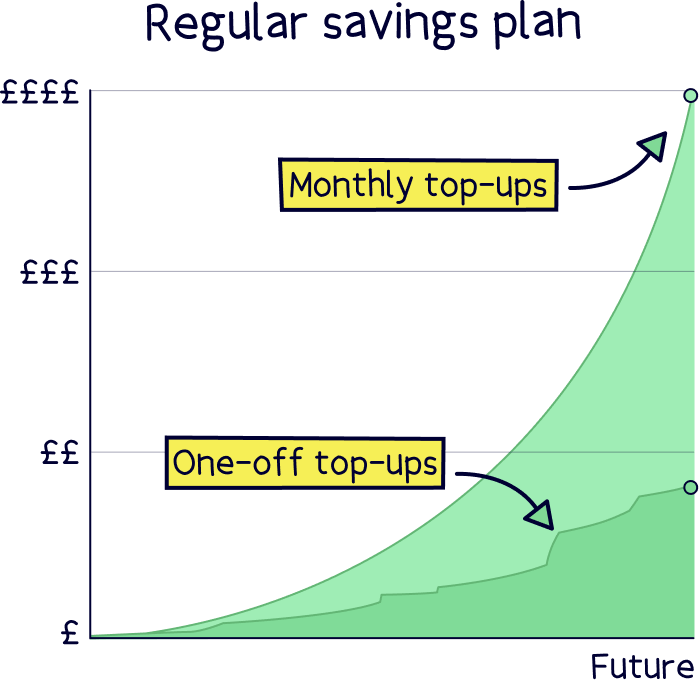
Remember, the more you can add now, or earlier in your life, the bigger pension pot you’ll likely have by the time you retire – and the bigger income you’ll have to spend. The difference can be enormous.
Have you got any old pensions lying around, perhaps from old jobs, just collecting dust?
Now’s the time to review where they are, and make sure they’re in the right place (with the right provider) to be growing and building your pension pot.
With your new personal pension, you’ll be able to transfer your old pensions across to your brand new pension. So, they’ll all be in one place to manage easily, and there’s no chance you’ll forget about them when the time comes to retire (which happens more than you might think).
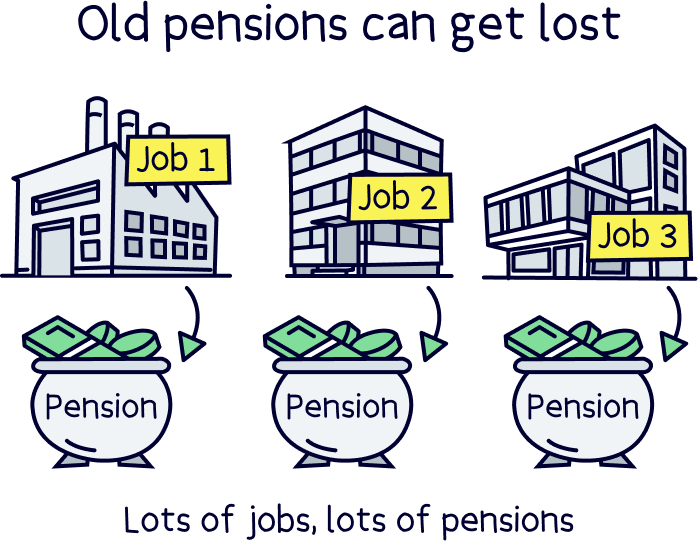
It’s easy to do too – all you need to do is let your new pension provider know where your old pensions are (which provider), and they’ll take care of everything (all of the paperwork, and contacting your old provider). Your money will simply appear in your new pension account after a few weeks (sometimes a few months).
If you’ve forgotten where they are, don’t worry, try the government’s pension tracing service, or Gretel, a free service for finding lost pensions.
Nuts About Money tip: if you want to learn more, here’s our guide to how to transfer a pension from your previous employer.
Hopefully your pension pot has grown nice and big by the time you’re ready to retire, and you’re able to have the comfortable retirement you deserve.
Once you’re 55 (57 from 2028), you’ll be able to start withdrawing from your pension if you want to – and you can take 25% tax-free as a lump sum if you’d like.
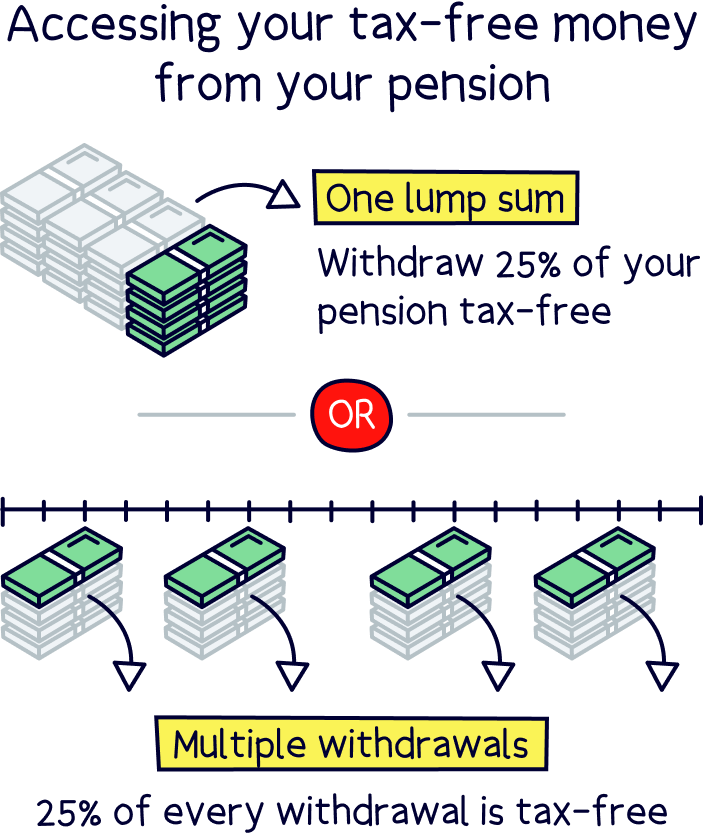
You’ll start getting the State Pension (the government pension) from the age of 66, if you’ve paid enough National Insurance contributions over the years (at least 10, but 35 years for the full amount).
With your private pension, you can then decide if you’d like to keep it where it is, so it can keep growing, and simply withdraw as and when you’d like (e.g. monthly). This is called pension drawdown, and a popular option.
Or, you can opt to trade your pension pot in for an annuity (or part of it), which is a guaranteed income for the rest of your life (or a set number of years).
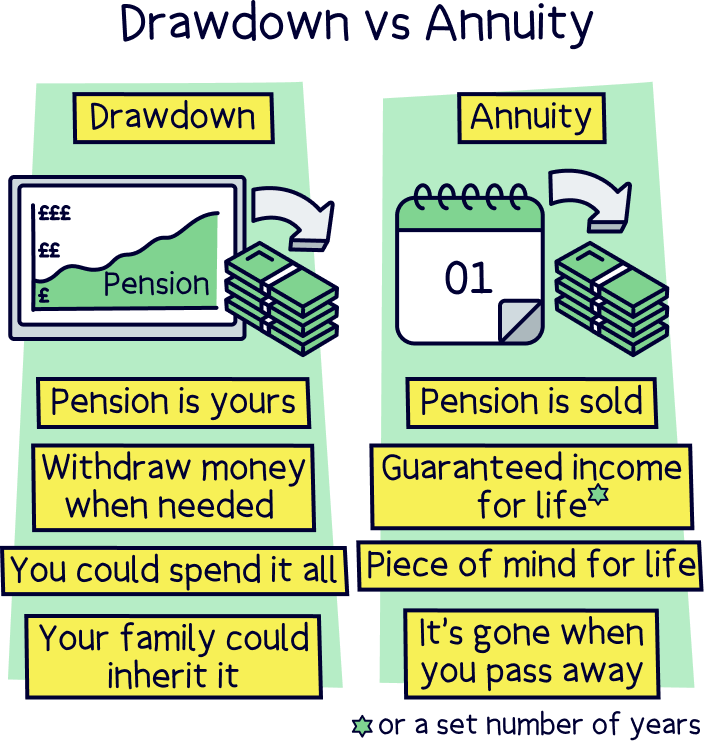
You don’t need to decide now, and a financial advisor can talk you through the options when the time comes. We’ve also got a guide to learn more: pension drawdown vs annuity.
Nuts About Money tip: if you’re approaching retirement, and interested in drawdown, learn more with our guide to the best pension drawdown providers.
Yep. Saving into an individual pension (a personal pension) is completely safe.
Pension providers are authorised by the Financial Conduct Authority (FCA), they’re the people who make sure financial companies are looking after you and your money.
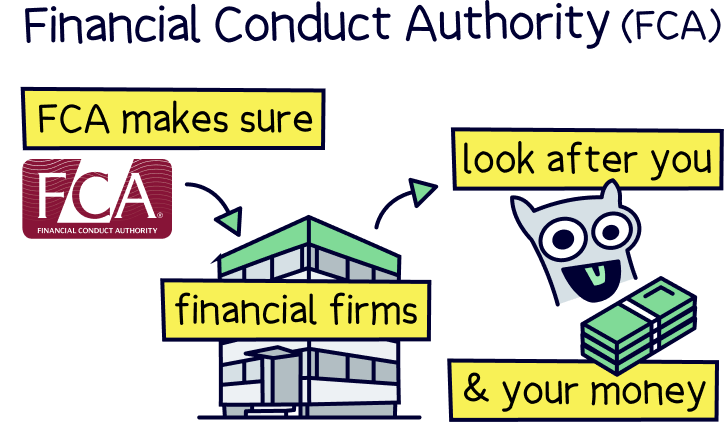
That means you’re also protected by the Financial Services Compensation Scheme (FSCS), which is where you can be compensated up to £85,000, should anything happen such as your pension provider going out of business and not returning all of your money.
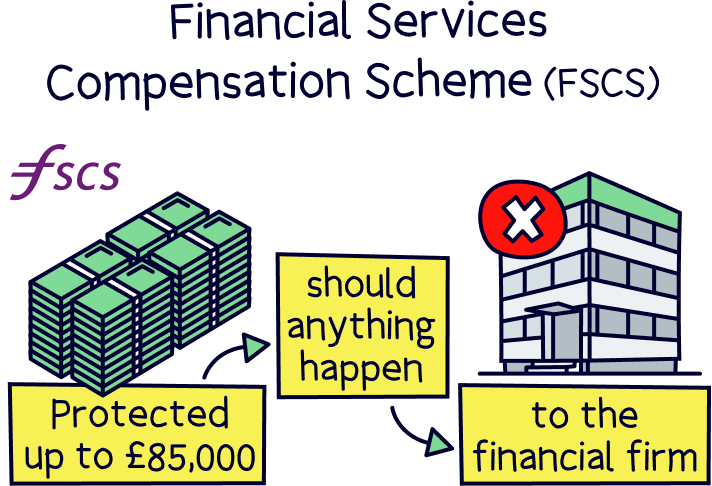
However, your money is typically held with very large banks and financial companies, all in your name, and can only be returned to you.
There we have it for individual pension plans (otherwise known as personal pensions).
Personal pensions are really great at boosting your pension pot, and in turn, your retirement income – in addition to a workplace pension, or as your sole pension if you’re self-employed.
You’ll get all the same tax-free saving benefits as a workplace pension, they just work a bit differently, such as the massive 25% government bonus on all of your contributions.
We highly recommend saving into a personal pension regularly if you can, and you can even transfer old pension pots over too – so you can manage your pension all in one place, and not forget about them when the time comes to retire.
If you’re not sure where to get started, check out PensionBee¹, it’s easy to use, has low fees and a great record of growing pensions over time. We’ve also bagged you £50 added to your pension for free too.
There’s also Beach¹, you can save within a pension and an ISA (for general savings) at the same time. Check out all the best private pensions for all your options.
And that’s it. All the best for saving for your retirement.
PensionBee is the top option. It’s easy to use, low cost and has a great track record of growing pensions over time.
We’d love to hear from you, and it will help others too.
PensionBee is the top option. It’s easy to use, low cost and has a great track record of growing pensions over time.